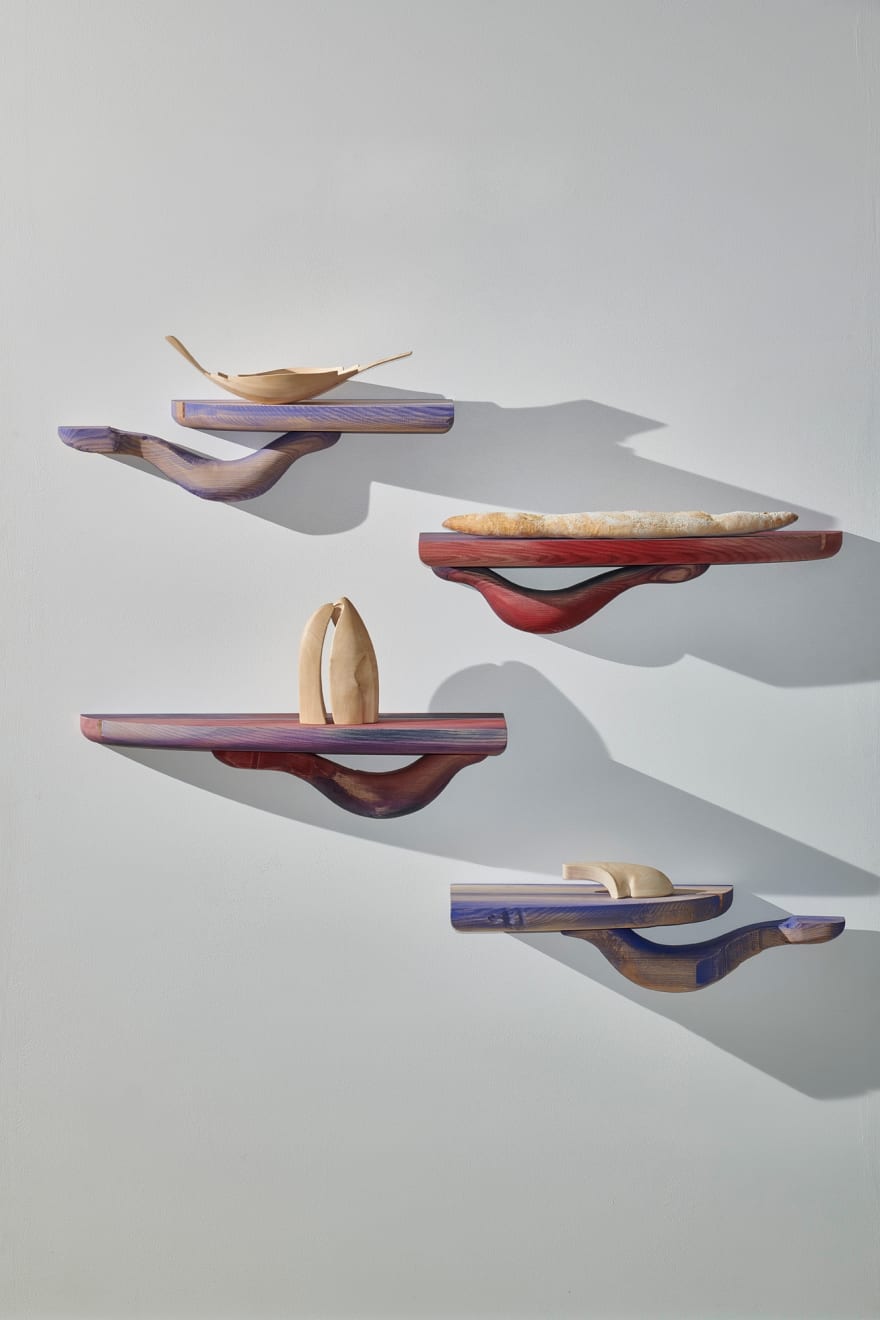Open a larger version of the following image in a popup:
 Photo by Darius Petrulaitis
Photo by Darius Petrulaitis
 Photo by Darius Petrulaitis
Photo by Darius Petrulaitis
Open a larger version of the following image in a popup:
 Photo by Darius Petrulaitis
Photo by Darius Petrulaitis
 Photo by Darius Petrulaitis
Photo by Darius Petrulaitis
Open a larger version of the following image in a popup:
 Photo by Darius Petrulaitis
Photo by Darius Petrulaitis
 Photo by Darius Petrulaitis
Photo by Darius Petrulaitis
Open a larger version of the following image in a popup:
 Photo by Darius Petrulaitis
Photo by Darius Petrulaitis
 Photo by Darius Petrulaitis
Photo by Darius Petrulaitis
Open a larger version of the following image in a popup:
 Photo by Darius Petrulaitis
Photo by Darius Petrulaitis
 Photo by Darius Petrulaitis
Photo by Darius Petrulaitis
Open a larger version of the following image in a popup:
 Photo by Darius Petrulaitis
Photo by Darius Petrulaitis
 Photo by Darius Petrulaitis
Photo by Darius Petrulaitis
Marija Puipaitė Lithuanian, b. 1987
„Marine“ lentyna nr. 4 / 'Marine' Shelve no. 4, 2025
Uosis, aliuminis, pigmentai, vaškas-aliejus
/ Ash, aluminum, pigments, hardwax oil
/ Ash, aluminum, pigments, hardwax oil
15.5 x 62.5 x 18 cm
Further images
LT Lentynos atskleidžia vertės įtampą tarp CNC (kompiuterinių frezavimo staklių) ir rankų darbo. Palikti plyšiai, aliuminio inkrustacija ir slepia, ir demaskuoja daikto sandarą ir atlikimo techniką - prasivėrimu kviečiama akyliau...
LT
Lentynos atskleidžia vertės įtampą tarp CNC (kompiuterinių frezavimo staklių) ir rankų darbo. Palikti plyšiai, aliuminio inkrustacija ir slepia, ir demaskuoja daikto sandarą ir atlikimo techniką - prasivėrimu kviečiama akyliau panagrinėti objektą. Apatinė skulptūriška lentynos dalis praplečia atramos plotą, - taip siekiama funkcionaliai grąžinti dekoratyvumą dizaine. Spalvų perėjimai siūlo akiai maloniai slysti nugludintais ir grubiais medienos paviršiais - neužbaigtumas tampa dar viena dekoratyvumo raiška. Lygiai kaip istoriniuose, antikvariniuose balduose vertinamos laiko, nusidėvėjimo žymės, suteikiančios objektams “sielą”, taip šiems naujai pagamintiems daiktams neužbaigtumu (priešinga savybe nusidėvėjimui) siekiama suteikti ekvivalentišką “sielą” ar “aurą”.
EN
The shelves reveal the tension between the value of CNC (computer-controlled milling machine) work and handcraft. Intentional gaps and aluminum inlays simultaneously conceal and expose the object’s structure and production technique; the openings invite closer examination of the object.
The sculptural lower part of the shelf expands the support area, an attempt to reintroduce decorative function into the design.
Color gradients guide the eye across both polished and rough wood surfaces, highlighting the character of the material - incompleteness becomes yet another expression of ornamentation.
Just as antique furniture is valued for the traces of time, wear, and patina that imbue it with “soul,” these newly made objects seek to gain an equivalent “soul” or “aura” through intentional incompleteness - the inverse of decaying.
Lentynos atskleidžia vertės įtampą tarp CNC (kompiuterinių frezavimo staklių) ir rankų darbo. Palikti plyšiai, aliuminio inkrustacija ir slepia, ir demaskuoja daikto sandarą ir atlikimo techniką - prasivėrimu kviečiama akyliau panagrinėti objektą. Apatinė skulptūriška lentynos dalis praplečia atramos plotą, - taip siekiama funkcionaliai grąžinti dekoratyvumą dizaine. Spalvų perėjimai siūlo akiai maloniai slysti nugludintais ir grubiais medienos paviršiais - neužbaigtumas tampa dar viena dekoratyvumo raiška. Lygiai kaip istoriniuose, antikvariniuose balduose vertinamos laiko, nusidėvėjimo žymės, suteikiančios objektams “sielą”, taip šiems naujai pagamintiems daiktams neužbaigtumu (priešinga savybe nusidėvėjimui) siekiama suteikti ekvivalentišką “sielą” ar “aurą”.
EN
The shelves reveal the tension between the value of CNC (computer-controlled milling machine) work and handcraft. Intentional gaps and aluminum inlays simultaneously conceal and expose the object’s structure and production technique; the openings invite closer examination of the object.
The sculptural lower part of the shelf expands the support area, an attempt to reintroduce decorative function into the design.
Color gradients guide the eye across both polished and rough wood surfaces, highlighting the character of the material - incompleteness becomes yet another expression of ornamentation.
Just as antique furniture is valued for the traces of time, wear, and patina that imbue it with “soul,” these newly made objects seek to gain an equivalent “soul” or “aura” through intentional incompleteness - the inverse of decaying.






